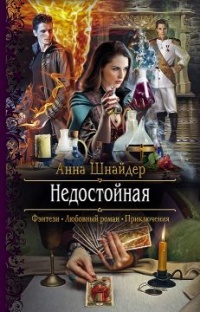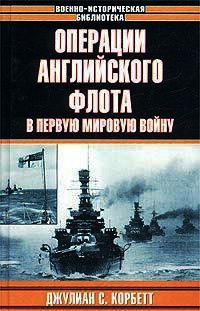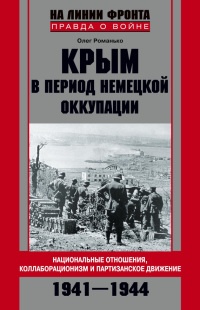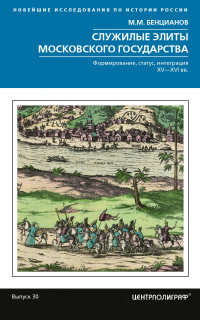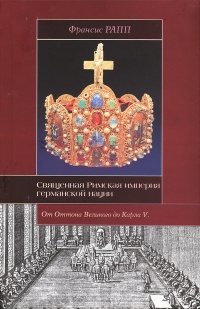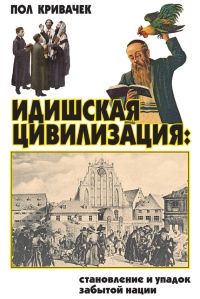Книга Нации и этничность в гуманитарных науках. Этнические, протонациональные и национальные нарративы. Формирование и репрезентация - С. Федоров
Шрифт:
Интервал:
Закладка:
1. Bartol’d Vasilij. “Kirgizy. Istoricheskij ocherk” in Sochineniya. In 9 vol. Vol. II. Part 1. Moscow: Nauka Publ., 1963. S. 471–543. (in Russian).
2. Gumilev Lev. Drevnie tjurki. Moscow: Kristall Publ., 2003. (in Russian).
3. Kamalov Ablet. Drevnie ujgury VIII–IX vv. Almaty: Nash Mir Publ., 2001. (in Russian).
4. Kljashtornyj Sergej. “Genealogija i hronologija zapadnotjurkskih i tjurgeshskih kaganov VI–VIII w.” in Iz istorii dorevoljucionnogo Kirgizstana. Frunze: Ilim Publ., 1985. S. 165–168. (in Russian).
5. Kljashtornyj Sergej. Kagan, begi i národ v pamjatnikah tjurkskoj runicheskoj pis’mennosti, Uchenye zapiski LGU25 (1984). P. 16–25. (in Russian).
6. Lvova Jeleonora, Oktjabr’skaja Irina, Sagalaev Andrej, Usmanova Mar’jam. Tradicionnoe mirovozzrenie tjurkov Juzhnoj Sibiři: Chelovek. Obshhestvo. Novosibirsk: Nauka, Sibirskoje otdelenie Pubk, 1989. (in Russian). 241 p.
7. Lui Mau-tsai. Die chinesischen Nachrichten zur Geschichte der Ost-Turken (T'u-kue). Wiesbaden: О. Harrassowitz, 1958. 831 s.
8. Pritsak O. Karachanidische Streitfrage, Oriens 3 (1950). 831 p. P. 209–228.
9. Videngren Geo. Máni i manihejstvo, transl. S. V. Ivanova Saint Petersburg: Izdatel’skaja gruppa «Evrazija» Publ., 2001. (in Russian).
10. Zuev Jurij. “Sozdanie Tjurgeshskogo kaganata: istorija i tradicija”, in Jevoljucija gosudarstvennosti Kazahstana. Almaty, 1996. S. 39–48. (in Russian).
Vedran Sulovsky
Shortly after the end of the investiture controversy, Henry V (1106–1125), the last emperor of the Salian dynasty, died childless. While Lothair III of Supplingenburg (1125–1137) succeeded him at first, at his death it was Conrad III of Hohenstaufen (1138–1152), who was elected king. His position was very weak: Saxony and Bavaria were his open enemies, while Italy fell into complete disarray. The new ruler desperately needed to boost his legitimacy, but he never really achieved this. It is difficult to tell how Conrad would have portrayed himself as a legitimate ruler, as no source commissioned by him remains. However, Otto of Freising s Chronica sive historia de duabus civitatibus, written in 1146 was revised in 1153 in order to be presented to Frederick Barbarossa (1152–1190), Conrad’s nephew and heir. However, only a small part of the text was actually revised. Otto of Freising, who was a close relative to the Hohenstaufen, apparently believed in the same 'national’ narrative as the Hohenstaufen, as other sources from the court of Frederick I prove.
Otto’s view of world history is a complicated one. First of all, he conceives the Roman Empire as the last of the four empires as prophesized by Daniel, after whose end the world itself should end. The empire, however, migrated from one people to another for quite some time, having gone from the Romans to the Greeks, then to the Franks, who then lost it to the Langobards, who, in turn, lost it to the Franci Teutonici, the German Franks. During this migration the Roman Empire grew weak[39]. Both the Western, that is, Latin, Franks and the German Franks were descendants of the Trojans, who, upon escaping the burning city of lilium, split into two groups: while the future Romans followed Aeneas on his way to Latium, the future Franks went to Scythia and called themselves the Sicambri[40]. Interestingly, Otto describes the rise of the
Roman Empire as well as the history of the Franks[41]. In fact, the history of the impérium itself takes pride on the place in his History of the Two Cities, whose title refers to the Church and the Empire, which are called the civitas Dei and the civitas terrena, respectively[42]. Christ’s birth during the times of Augustus (27 BC-14 AD) was described by Otto as the will of God, who wanted to make Rome the seat of the Church[43].
To Otto, the key moment of world history was the reign of Constantine the Great (306–337), who Christianized the Roman Empire and united the civitas Dei and civitas terrena into the civitas permixta. However, Constantine moved the impérium to Constantinople and gave it to the Greeks. Whether Constantine gave the western part of the empire to Pope Sylvester I or not, Otto does not decide, but leaves it to the reader[44]. The fall of Rome is a dramatic episode in Otto’s chronicle, followed a row of tyrannies in Italy until Justinian’s reconquest of it for the Romans[45]. From then on the chronicle traces the history of the Franks until Charlemagne renovated the Roman Empire under the Franks, finally transferring it away from Constantinople[46]. It is at this precise point that the two Trojan lines, the Roman and the Frankish, finally converge. After the Carolingians lost control of the empire, Henry I (919–936) was elected king of Eastern Francia. For Otto of Freising this was the key moment in the history of his country, the Roman Empire, as it was disputed whether Henry I continued the regnum Francorum or started a regnum Teutonicorum. Otto solves the problem by stating that the regnum Teutonicorum, which held the impérium Romanům in his own day, was a part of the regnum Francorum. Finally, the impérium Romanům was conquered by Otto the Great from the Langobards in 962[47].
However, the problem of the Hohenstaufen Frankish ideology was that the Ottomans (919-1024) were a Saxon dynasty. In order to solve this problem, it was stated that Conrad II’s (1024–1038) wife, Gisela, was a descendant of Charlemagne, and therefore the throne ofGermany would return to the Franks under her descendants[48]. This version of history was the official one in the 1150s, when Otto of Freising started writing the Gesta Friderici I. imperatoris in 1156, and which his chaplain Rahewin continued up to 1160[49]. However, as this was a work of contemporary history, there are fewer ideological elements in it. Yet the main elements of the ideology are still present as both Otto and Rahewin invent Frederick Barbarossa’s speeches on his Italian campaigns. The speeches show several important elements of the identity of Barbarossa’s court:




















